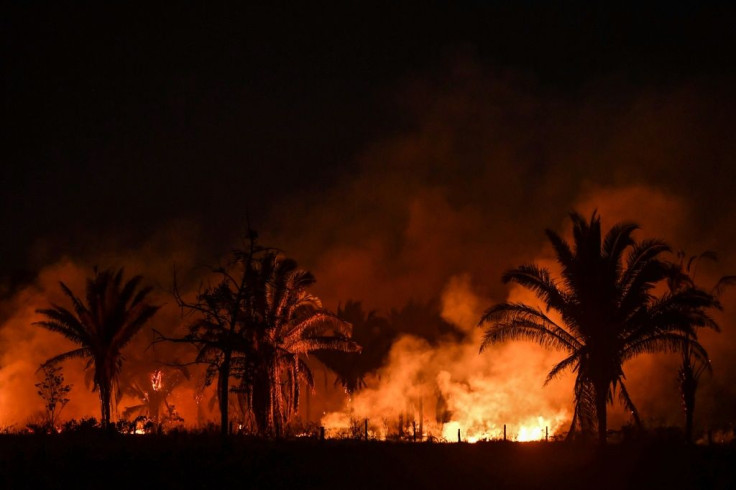China-Brazil Joint Earth Observation Satellite To Monitor Amazon Rainforest Launched

KEY POINTS
- The Earth observation satellite was jointly developed by the two countries
- CBERS-4A has better imaging capacity than its previous version CBERS-4
- It was launched from the northern Chinese province of Shanxi
A Sino-Brazil Earth observation satellite was launched Friday under a bilateral program.
The satellite was jointly developed by the China Academy of Space Technology and the National Institute for Space Research of Brazil. It is expected to encourage border cooperation among BRICS (Brazil, Russia, India, China and South Africa) nations. It will also likely boost the aerospace liaison between the two participant countries, China National Space Administration (CNSA) said.
Satellite-4A was launched on a Long March-4B rocket from the northern Chinese province of Shanxi. It is the sixth developed under the China-Brazil Earth Resources Satellite (CBERS) program, which was initiated in 1988. The satellites designed under this program are for non-military use.
CBERS-4A has the potentials to improve the resolution of the remote-sensing data and thus will replace CBERS-4 launched in 2014, according to CNSA. Due to the better imaging capacity and higher positioning accuracy, the satellite will be a massive help for land classification, environmental protection surveillance including monitoring of the Amazon rainforest, climate change research, disaster prevention etc., said CNSA.
The advanced satellite is outfitted with three optical payloads: a wide-range panchromatic multispectral camera developed by China and a multispectral camera along with a wide-field imager developed by Brazil, Chinese news agency Xinhua reported.
Another eight satellites, including wide-range, multi-spectral, and remote-sensing were launched into orbit by the same rocket.
The BRICS countries are contemplating a framework agreement to develop a constellation of satellites that will have remote-sensing power and circulate data obtained by each others’ satellites. Each country will provide one or two satellites in the constellation program, according to the China National Space Administration in 2018. The CBERS satellites would be part of it.
It may be recalled that a recent rainforest fire in Amazon has caused massive loss of biodiversity and jeopardized the ecological balance. This Earth observation satellite is expected to play a crucial role in monitoring and protecting such sensitive areas.
© Copyright IBTimes 2024. All rights reserved.





















